What Happens When You Combine a Writer’s Workshop and Makerspace?

Angela Stockman, author of Make Writing: 5 Strategies that Turn Writer’s Workshop Into a Makerspace, has what many creative types can only dream of–a studio.
Better yet, that studio is filled with young tinkering kiddos who are lucky enough to be learning to write from a truly innovative educator. She is the owner of Western New York Education Associates and Western New York Young Writers’ Studio.
After reading her book, I really wanted to understand what exactly happened at her “studio.” The book is important for several reasons, but one of the most noteworthy is that it is a marriage of two eccentrics: writing workshop and Makerspace.
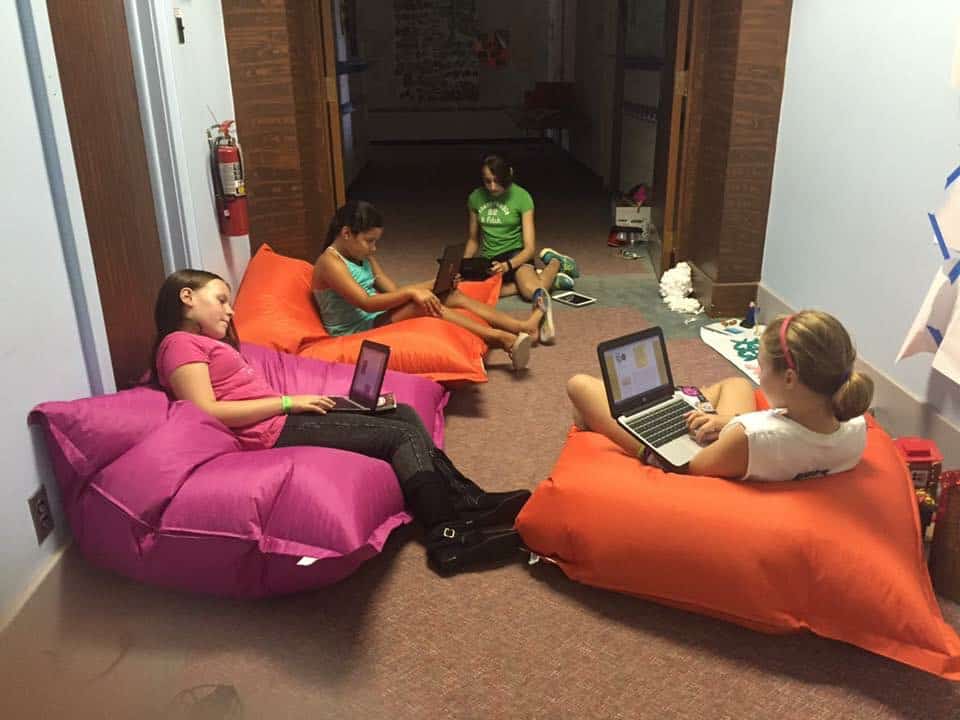 As most teachers know, there are many practitioners who espouse writing workshop, but when asked for the guts–the nitty-gritty details of how a person actually goes about it–teachers are hard-pressed to really explain.
As most teachers know, there are many practitioners who espouse writing workshop, but when asked for the guts–the nitty-gritty details of how a person actually goes about it–teachers are hard-pressed to really explain.
Sure, there are the greats like Nancy Atwell or Lucy Caulkins, but even then teachers with over a hundred students often feel that they can’t quite get it right since their actual teaching situations are quite different.
This is why Angela’s book is such a breath of fresh air: it is instructive, but it is also clear that Angela “gets” that every space is going to be different. On a muggy summer day, I eavesdropped on an elementary studio session, and I noticed some really important ways that the marriage of workshop and Makerspace produced an entirely different writing experience.
Here are three key ways teachers can bring the studio experience to their students:
1. Ebb and Flow
The class of about twenty moved through the room (hunting for supplies, borrowing computers, looking for a book to read as a model text) and there was a nice hum and feeling that meaningful work was happening.
Kids were engaged and enthusiastic, and as I wandered around, everyone was more than willing to show me what they were doing. Some were creating models of their ideas, some were story mapping, some were just kind of tinkering, but one thing was evident: these young writers trusted the importance of their ideas and were willing to devote time to creating. There was a flow to the processes they were experimenting with and, if I had left then, I would have thought the studio was great.
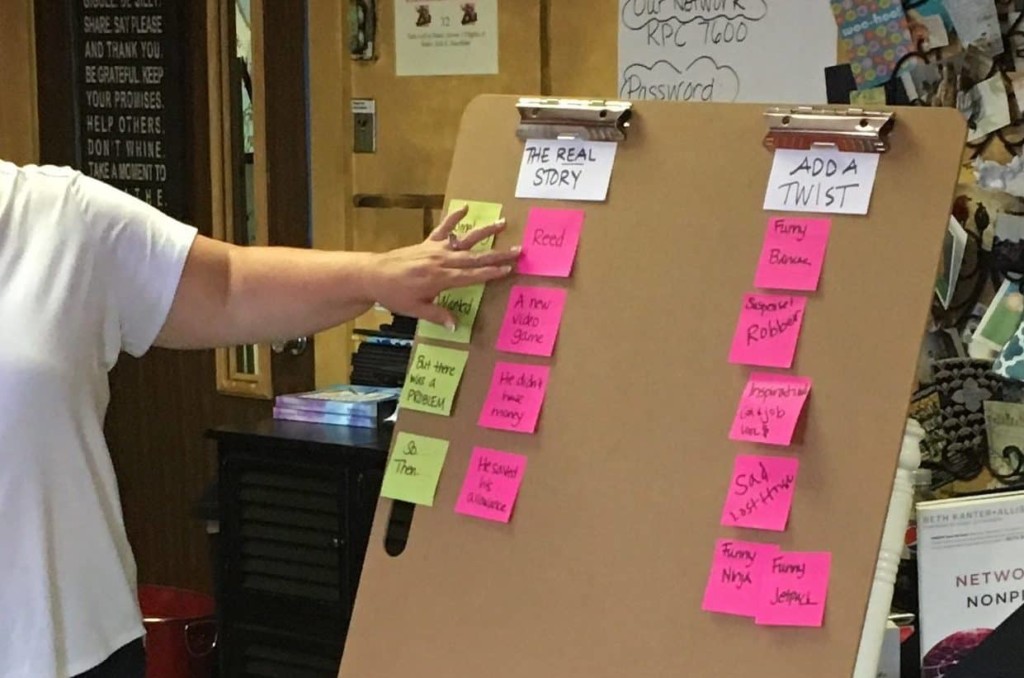 But I wanted to see what happened when they grew restless. After all, this is a room of kiddos who are in elementary school. It is bound to happen: there’s a bump in the road or a distraction, and the entire process is thrown off. Or at least that is what always happens when I do writer’s workshops.
But I wanted to see what happened when they grew restless. After all, this is a room of kiddos who are in elementary school. It is bound to happen: there’s a bump in the road or a distraction, and the entire process is thrown off. Or at least that is what always happens when I do writer’s workshops.
The thing is, this ebb of productivity was tangible. Students ceased to want to talk with me as I looked at their work. They sensed something was fleeting and didn’t want to reveal that it might be related to them.
Just as the teacher in me was starting to feel on edge, Angela called everyone in for a sort of large huddle. As students settled in on the floor, parked it at tables and on bean bag chairs, Angela did something that is both very important and mostly overlooked (and I’ve been guilty): she acknowledged the weakening flow of ideas and productivity in the room.
“How many of you are feeling frustrated? A little sweaty? Maybe we need to get unstuck. Let’s talk a little bit about making our stories more interesting. Want to help me come up with a twist to make this more interesting?” Angela asked as she pointed to an enormous clipboard. “Here’s how we can do that,” she continued.
Immediately, hands were flying up again, students were chattering and the creative juices were flowing once again. She had allowed a great deal of productive struggle, but when she saw her students sinking, she threw them a lifebuoy in the form of direct instruction. We need to keep this ebb and flow in our own classrooms as we navigate students through the writing process.
2. Peer Partnerships
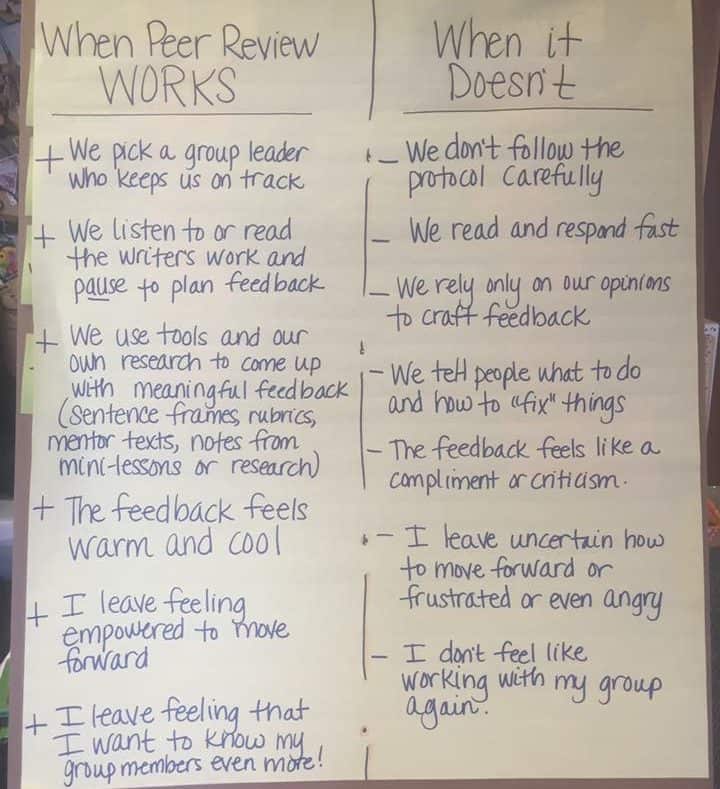 As students retreated back to their own little spaces, it was obvious that they were moving in packs. As I approached a table of boys I asked, “What are you working on?” addressing them generally.
As students retreated back to their own little spaces, it was obvious that they were moving in packs. As I approached a table of boys I asked, “What are you working on?” addressing them generally.
“We are doing all kinds of things. He’s doing a Minecraft how-to book that is gonna rock, and he’s building a robot right now, and I’m still thinking,” one of the more gregarious boys explained for the whole table.
As I think about this interaction, it was clear that they had established peer partnerships that were different than a paper pass or peer conference. They were partners in creating, and it set the tone for a table of under 10-year-old boys to work towards a common goal: creating something awesome.
These partnerships were formed because Angela allowed her students to work together and alone–at the same time. It actually reminded me of how babies first learn to play: side by side, but kind of doing their own thing. They seemed to simply be there, creating together, asking each other questions and even offering instructive feedback.
3. Cues and Creativity
The room is full of cues–posters, cards, and books that act as models. There are computers for those who needed to look something up or wanted to type. The cues were reassuring: “Drawing is Writing!” and made the insurmountable seem simple: “Revising Bit by Bit.”
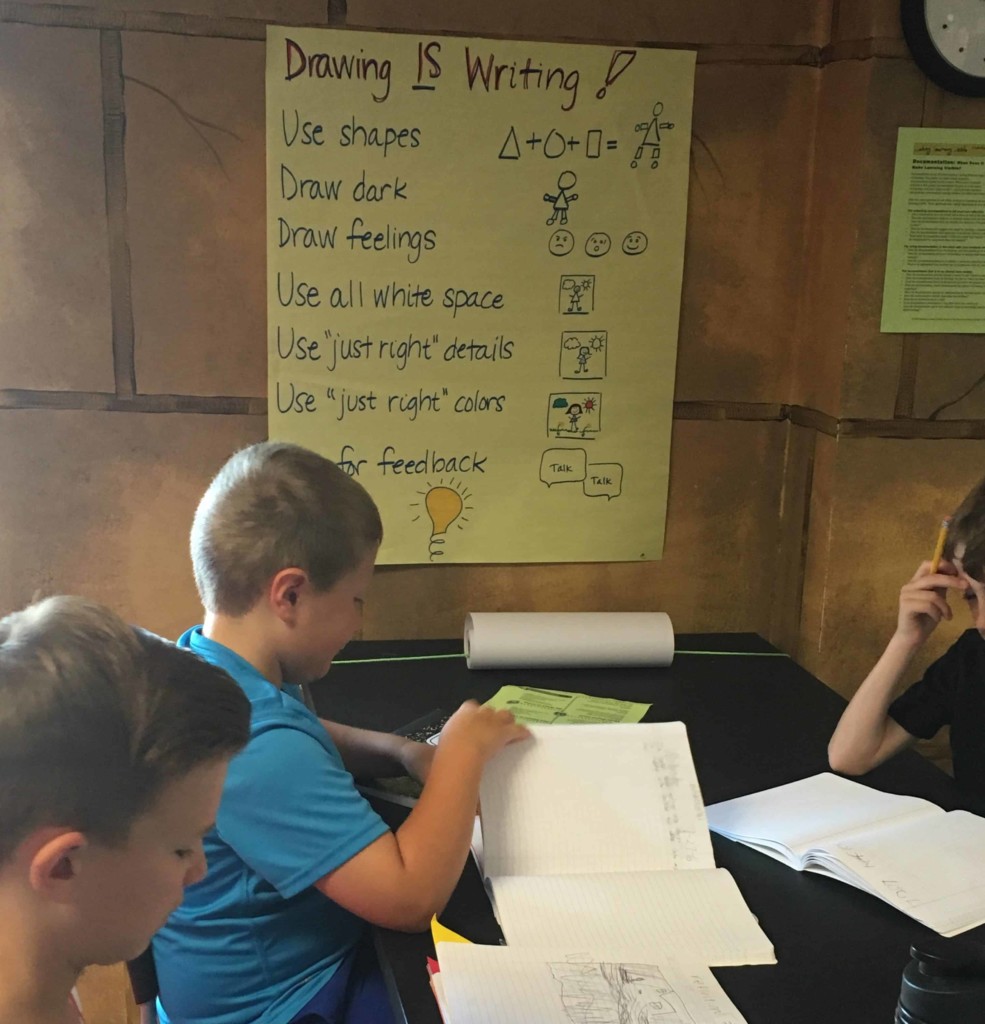 Angela’s language in the classroom was also a series of cues. As she talked with students, it was clear that one of her strategies was to ask leading questions and let students talk out their story plan. She referred them to the story arc and how to generate ideas.
Angela’s language in the classroom was also a series of cues. As she talked with students, it was clear that one of her strategies was to ask leading questions and let students talk out their story plan. She referred them to the story arc and how to generate ideas.
It became evident that the creativity flowed due to a carefully constructed and intentional environment that provided structure when it was needed, social interaction and cues to help those who might have needed buoying through uncharted waters.
I’ve been a teacher for over 15 years and observed many classes, as well as taught many writer’s workshops. In all of this time, it was never clear to me exactly when to intervene and when to rush in, when to offer advice or when to stay silent, when to prompt students back on task and when to let the group dynamic take over.
It was incredibly useful to be admitted to another teacher’s class; I’m now convinced that we should be looking to our fellow teachers who are experts in order to improve our own practice.
Angela’s book provides the tools necessary to transform the same-old writing workshop into a studio experience–a Makerspace opportunity.
For more, see:
- Can Vision Planning Ward Off the Politics of Education?
- Managing Students for Success: An Intentional Intervention System
- Face (to Face) Time: The Power of Vibes and Group Dynamics in a Digital World
Stay in-the-know with all things EdTech and innovations in learning by signing up to receive the weekly Smart Update.
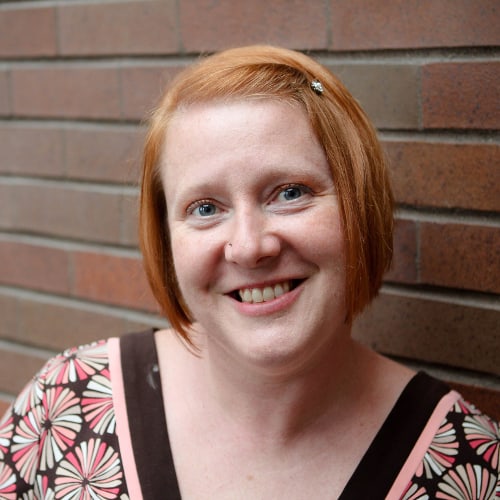

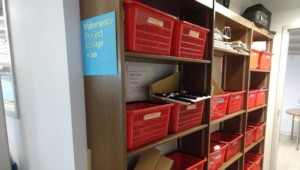
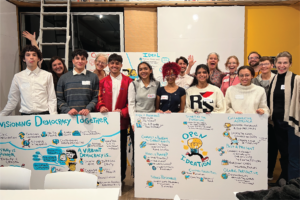
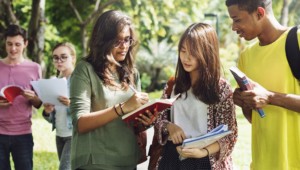
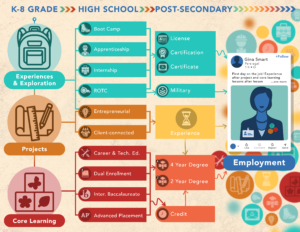
0 Comments
Leave a Comment
Your email address will not be published. All fields are required.